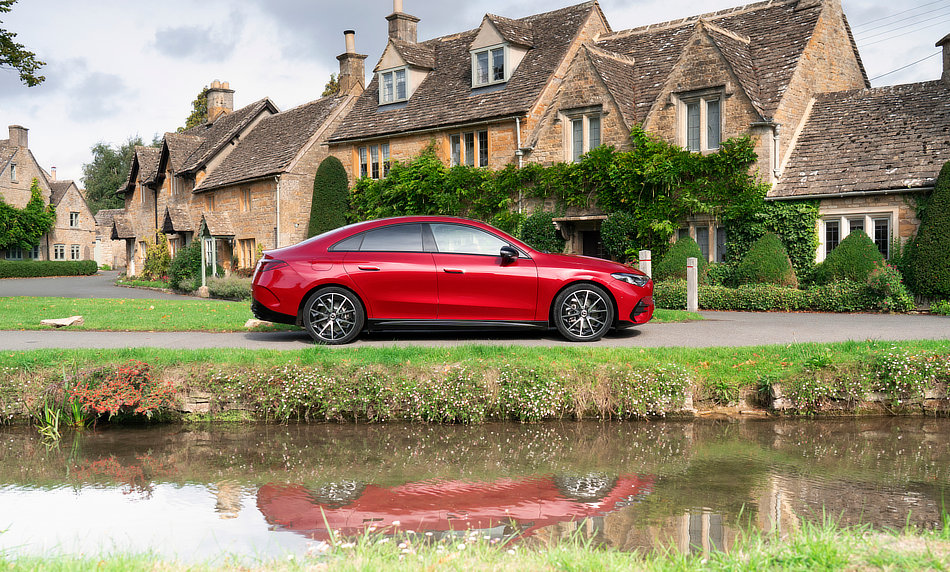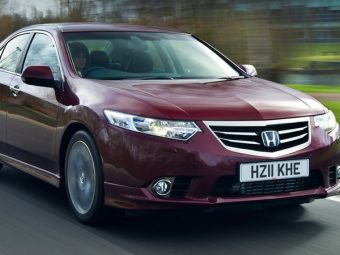The UK new car market remained largely stable in October 2025, with 144,948 registrations, up slightly 0.5% from 144,288 units in October 2024. While overall volumes were steady, the underlying dynamics show dramatic shifts toward electrification and a challenging landscape for traditional petrol and diesel vehicles.
Electrified Vehicles Continue to Grow
– Battery Electric Vehicles (BEVs) registered 36,830 units, up 23.6% year-on-year, capturing 25.4% market share, up from 20.7%.
– Plug-in Hybrids (PHEVs) rose 27.2% to 17,601 units, accounting for 12.1% of the market.
– Hybrid Electric Vehicles (HEVs) grew modestly 2.15% to 19,250 units, maintaining a market share of 13.3%.
Meanwhile, internal combustion engine vehicles showed continued decline: petrol registrations fell 11.6% to 64,360 units (44.4% market share), and diesel dropped 22.9% to 6,907 units (4.8% share).
Brand-Level Insights
The October SMMT data highlights winners and losers among individual brands:
Strong Growth:
– Alpine surged from 20 units to 237, a remarkable 1,085% increase, reflecting growing interest in niche EV and sports models.
– BYD grew 348.6% to 3,499 units, underscoring the strength of Chinese EV entrants in the UK.
– Omoda and Polestar showed strong gains of 141.6% and 63.8%, respectively, reflecting continued consumer adoption of electrified and premium EVs.
– Suzuki and Cupra also posted double-digit growth at 65.4% and 66.3%, respectively, aided by competitive pricing and appealing urban models.
Decliners:
– Traditional European brands such as Mercedes-Benz (-28.9%), Peugeot (-26.6%), and BMW (-9.5%) experienced declines, affected by slow adaptation to electrification and lingering supply chain pressures.
– Tesla fell 47.4% to 511 units, highlighting challenges in volume delivery despite strong brand recognition.
– Other legacy brands, including Honda (-44.5%), Jeep (-50.6%), and Fiat (-62%), also saw significant declines.
Stable Players:
– Volkswagen (13,144 units, -1.1%), Audi (9,314 units, +3.4%), and Ford (9,023 units, +2.6%) remained the stalwarts of the UK market, holding a large combined market share across conventional and electrified vehicles.
Market Implications
The data underlines a clear trend toward electrification, with both BEVs and PHEVs expanding market share at the expense of petrol and diesel vehicles. Chinese EV entrants and newer European EV brands are carving out noticeable niches, suggesting increased competition in the rapidly growing electrified segment.
Traditional automakers face mounting pressure to accelerate EV adoption and resolve supply chain constraints, while consumers increasingly reward innovation, affordability, and charging infrastructure compatibility.
As the UK transitions toward an electric-first market, October 2025 serves as a clear benchmark of both opportunity and challenge — electrified vehicles are on the rise, while established ICE brands must adapt or risk losing relevance.







